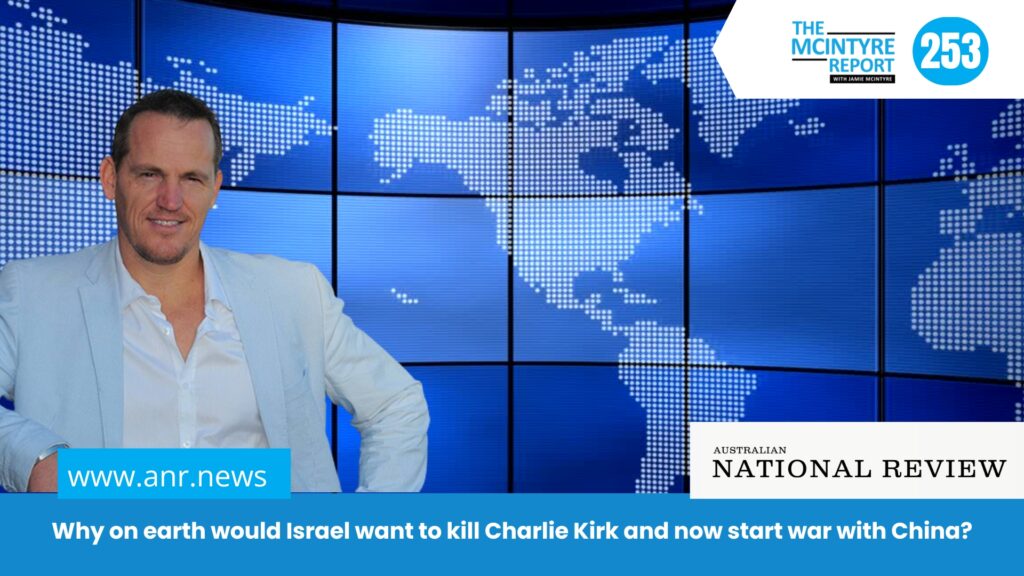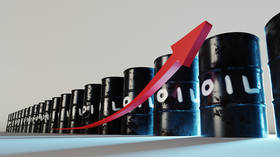The Bank of Russia has lowered its key interest rate for the fourth consecutive time this year, saying the economy is stabilizing even as inflation expectations remain elevated.
Announcing a 50-basis-point cut to 16.5% on Friday, the central bank pledged to keep monetary policy tight enough to return inflation to its 4% target, from an estimated 6.5-7% for 2025.
”The current inflationary pressures will temporarily increase in late 2025 and early 2026 because of a number of factors, including price adjustments and the reaction of inflation expectations to the upcoming VAT rise,” the bank said. The government earlier proposed raising value-added tax (VAT) from 20% to 22% to balance next year’s budget.
Governor Elvira Nabiullina said the central bank could either lower or raise rates again depending on how sustainable the slowdown in inflation proves to be.
The regulator also cited external risks, warning that a deterioration in global trade and a potential drop in oil prices “in case of escalating trade disputes” could put renewed pressure on the ruble and fuel inflation. The statement came a day after the US announced new sanctions on major Russian oil firms Rosneft and Lukoil, aiming to curb Moscow’s energy revenues.
According to the Bank of Russia’s projections, the average key rate in 2026 will range between 13% and 15%, while annual inflation is expected to decline to 4-5%. The regulator forecasts inflation will return to its 4% target in 2027.
The latest interest rate cut continues a shift from the emergency tightening that followed Western sanctions over the Ukraine conflict in 2022, when the key rate jumped from 9.5% to 20% to stabilize the ruble. After easing and then tightening again amid renewed price pressures, the rate peaked at 21% in October 2024 before the bank began gradual cuts this year.
After contracting by 1.2% in 2022, the Russian economy grew 3.6% in 2023 and 4.1% in 2024. Growth is expected to moderate, expanding 1-2% in 2025, 1.5% in 2026, and 2.5% in 2027.























